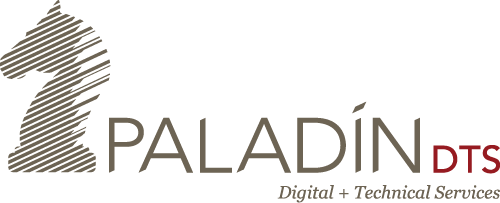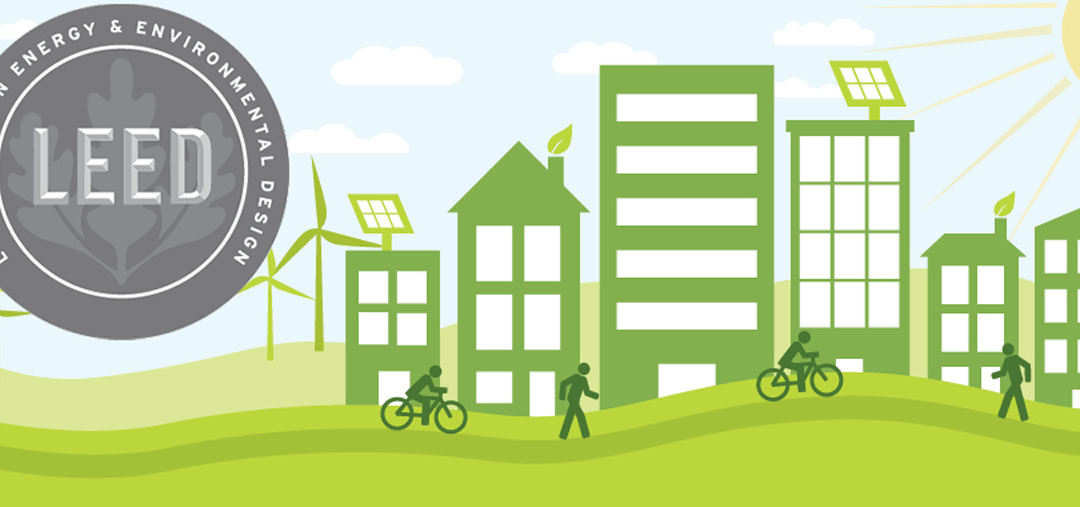Candice Burks Rogers, President, Paladin, Inc.
Many people think that success or failure in the LEED certification process is driven purely by technical expertise, but I can assure you that one thing will make or break your effort: teamwork. If you want your project to be certified for Leadership in Energy and Environmental Design, set your mind on building a team environment with clear expectations and ego-less communications.
When a LEED evaluator is assessing the effectiveness of your process, a key indicator on their checklist is the “Frequency of review and participation in Design and Construction.” On our projects, we simply call this “communicating like a real team” and we achieve it with a few basic guidelines that you can apply to your process. They include:
- Communicating in real time. For LEED Administration, we apply our background as commissioning folks and work hard to keep people on track with touchpoints timed to keep outcomes aligned to expectations. It does no one any good to find out they missed the mark entirely at the final presentation. Instead, we follow Cx guidelines by tracking progress toward LEED credit achievement with:
- LEED Design Reviews at the conclusion of the design development (DD 100) phase and the 50% mark of construction document creation (ie. CD 50).
- LEED Credit Reviews for all uploads prior to design phase and construction phase submissions.
- LEED Specification Reviews at CD 50 and CD 95. (Reviews conducted earlier than that just aren’t as productive since content isn’t fully developed.) Two full reviews are necessary to identify the documentation need and verify that the need was satisfied.
- Construction Team Progress Reports, which are essential for tracking progress and guiding the purchase of equipment and material. Whether the team is preparing them or you’re tasked with documentation, they must be current to provide the clearest possible picture.
- LEED Review Team Clarification Requests which constitute a key part of the ongoing dialogue during a productive certification process. Typically received in paragraph form with multiple instructions for correction in the comments, they must be logged, addressed and supported with documentation. Diligence with clarifications can save big dollars in appeals fees during the next review.
- Sticking to key milestones. Despite time demands, the LEED team should gather to discuss comments at each review stage, delving into comments with the Design and/or Construction Team. These interactions are especially valuable when circumstances render a particular credit unattainable insofar as they provide a forum for feedback and brainstorming new approaches to either making up the credit difference or even a new path to the credit in question.
- Knowing your team’s strengths. Every LEED team is different, with broad ranges of expertise and experience. An experienced team might just need solid expectation setting on the way to success while so-called “rookies” might need a little more hand-holding (we’ve even had to develop submittal requirements from hand-drawn documents to get a project rolling). At the end of the day, a well-run LEED certification process will not only result in a certificate, but also an expanded pool of experienced talent who will work more effectively on successive projects. (Pro Tip: if you realize the assembled team will require a great deal of technical guidance, consider asking the project owner to set aside contingency funding for work that exceeds the general LEED Administration scope.)
- Keeping track of what matters. Owners are used to punch lists for building handovers and the same approach will keep you on the path to success. Having used a standard issues tracking log in our Cx projects, we’ve developed a tracking document template that demarcates the location of key issues in the documentation, identifies the responsible party, details the issues, and maintains the status of each. This one-stop shop of credit requirements and additional information needed not only gives a real-time snapshot of progress and next steps, it also accrues to a historical record at project’s end.
Like any other relationship, the team dynamic at play in a LEED certification can be messy, but keeping authentic, real-time communications at the heart of your process will put you on the path to successful completion and an even stronger reputation in the industry.

